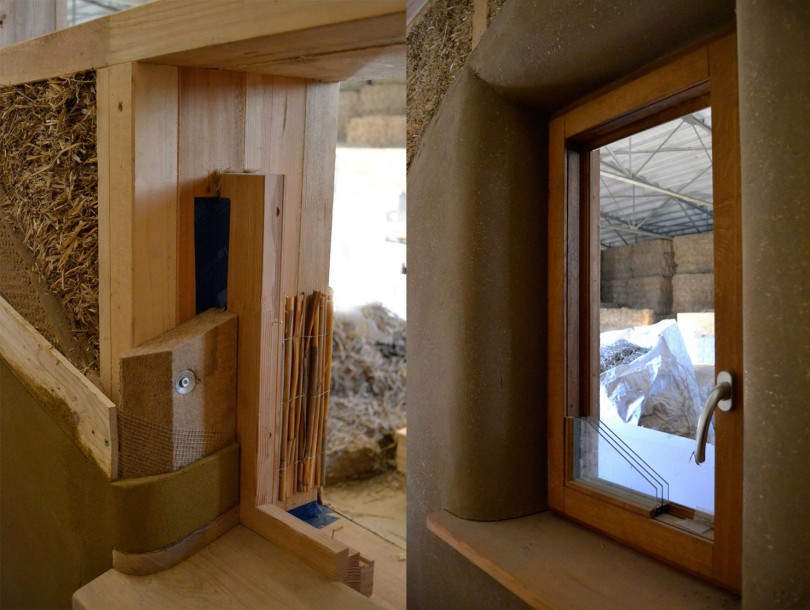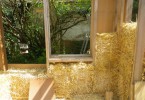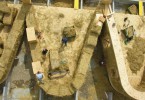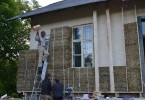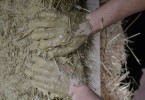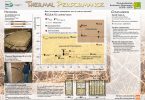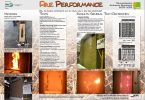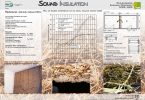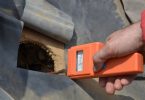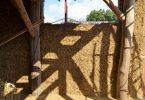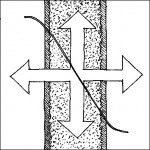 Knowledge
Knowledge
Trainees know …
- the characteristics of the different materials (λ [Lambda], ρ [Rho], μ [My], w, w₂₄, CO₂ storage, …),
- the forms of heat transfer (conduction, radiation, convection),
- the importance and principles of cold and heat protection in winter and summer,
- the capacity (advantage) of straw in thermal and humidity storage (living comfort),
- about thermal bridges and how to minimize them,
- importance of airtightness and windproofness,
- the humidity transport (vapour, capillary) and the principles of moisture protection,
- the importance of rain protection,
- how to protect against flooding inside and outside,
- the conditions for mould growth (temperature, moisture, time of exposition),
- the
-value of different cladding materials,
- the acoustic performance (air and material transmission), [Level 4]
- the principles of fire protection with building materials and constructive elements, [Level 4]
- energy performance calculation programmes, [Level 4]
- meaning of PEI, CO₂ storage, footprint. [Level 4]
Skills
Trainees can …
- construct buildings with reduced thermal bridging,
- build airtight details and detect air leakages and repair them,
- calculate the heat resistance (R-value, U-value) of construction elements with online tools, [Level 4]
- select appropriate materials for different construction details,
- protect the straw bales from water, moisture and fire,
- select ecological preferable materials and assemble them in an appropriate way. [Level 4]
Competence
Trainees can …
- address other partners from the building site to ensure weatherproof conditions for building site (including straw bale storage, overnight and during longer breaks),
- create awareness on airtightness and thermal bridges as well as humidity problems,
- take care of fireproof situations as well as detecting faults in building parts and address partners to correct it, [Level 4]
- explain the advantages and the use of ecological materials/sustainability, [Level 4]
- help planners and builders to reduce the ecological footprint. [Level 4]
Materials/Documents:
U6 Learning Outcome – Level 3 | ECVET credit points: 10
U6 Learning Outcome – Level 4 | ECVET credit points: 10
U6 Session 1: Introduction 3 hours
U6 Session 2: Heat Transfer 6 hours
U6 Session 3: Flammability and Fire Resistance 3 hours
U6 Session 4: Acoustics 4 hours
U6 Session 5: Humidity Transfer 3 hours
U6 Session 6: Health, Comfort and Indoor Climate 3 hours
U6 Session 7: Energy Performance and Programs 3 hours
U6 Session 8: Environmental Sustainability 1-2 hours
U6 Session 9: Economical and Social Sustainability 4 hours
Handbook U6:
Links: U6 all sessions
